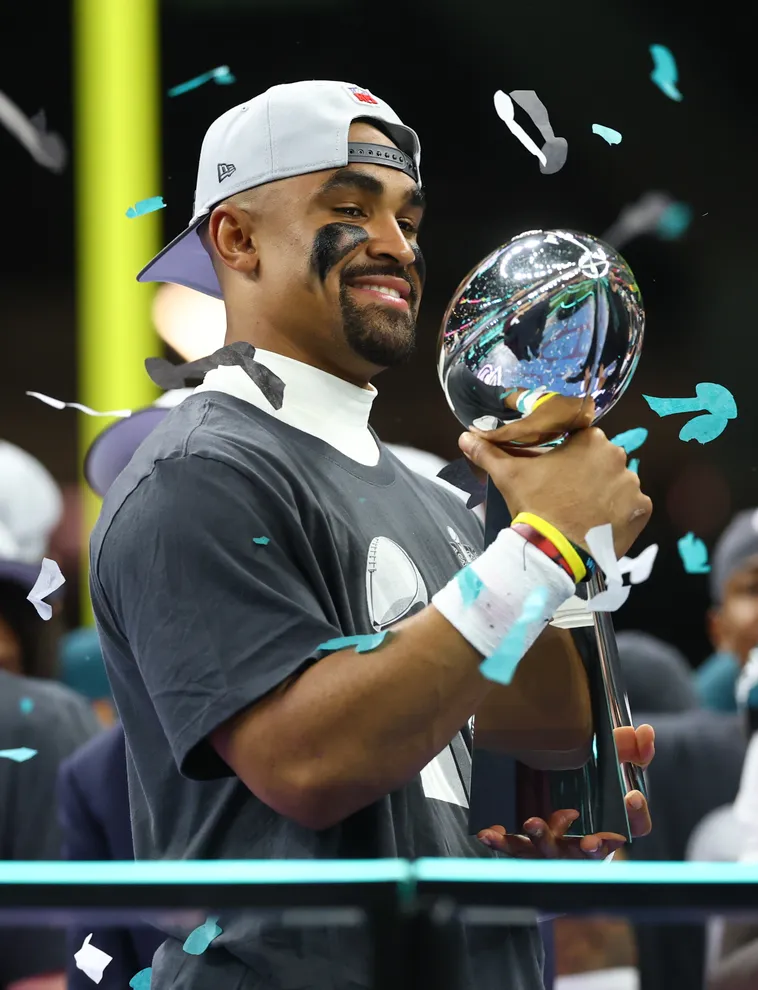Let us run with perseverance the race that is set before us.
-Hebrews 12:1
In 1954, the U.S. Supreme Court handed down the Brown v. Board of Education decision which overturned Plessy v. Ferguson, and declared separate facilities for blacks and whites were inherently unequal. Public schools were ordered to desegregate immediately, but despite the call for integration, it took years for the hearts and minds of people in segregated societies, particularly in the Deep South, to change and to accept integration.
Two years after the Court made its landmark decision, state law in Louisiana still prohibited black and white athletes from competing against each other. In 1956, Saint Louis University was invited to participate in the annual Sugar Bowl Basketball Classic in New Orleans, a tournament in which the University had participated in past years. Tulane was the host of the tournament, and Notre Dame and Dayton were scheduled to play.
However, following SLU’s invitation to New Orleans came notice that one member of the team was ineligible to play. He was a 6-foot-5 forward from Davenport, Iowa, named Calvin (Cal) Burnett, and he was the only black member of Ed Hickey’s otherwise white Billiken team.
Despite being one of SLU’s starters, Burnett was not allowed to travel with his team to Louisiana for the tournament because of the segregation law still in place. Then-University President Paul Reinert, S.J., decided that if Burnett was not allowed to play, the entire team would not go to the tournament.
The next day, following the news of SLU’s withdrawl, Notre Dame announced they would not be attending the tournament. The day after that, Dayton pulled out.
Burnett played with the Billikens for three years before graduating in 1959 with degrees in political science and biology. During his career at SLU, he set the long-standing record for rebounds for sophomores with 416 during the 1956-57 season.
In 1956, SLU’s actions were incredibly bold in a newly-desegregating society. SLU’s history of being one of the first Catholic schools to integrate (before the Brown decision) demonstrated the University’s belief that segregation was not to be tolerated. Reinert’s decision manifested those beliefs and made a statement to the rest of the nation that Saint Louis University would not tolerate one of their own being treated as second class.
I get goose bumps thinking that SLU stood up long before the Civil Rights Act of 1964 was signed into law. In interviews with the St. Louis Post-Dispatch several years ago, Burnett expressed sentiment that SLU’s actions were ahead of their time and ahead of the rest of the nation in civil rights. Burnett said he was impressed with his school and proud to be a part of it. Forty-seven years later, I’m proud, too.
I’m proud because I know that SLU stood for something when other people weren’t ready to stand yet. The civil rights movement hadn’t really taken off, but we were already starting to run the race for civil rights, and judging by the actions of Notre Dame and Dayton, others were noticing and following our lead.
As for Burnett, his race didn’t end on his last day as a Billiken. After graduating with two bachelors degrees, Burnett earned his Ph.D. in social psychology from SLU. Today, he is the president of Coppin State College in Maryland. In 1994, he was inducted into the Billiken Hall of Fame as a distinguished alumnus.









